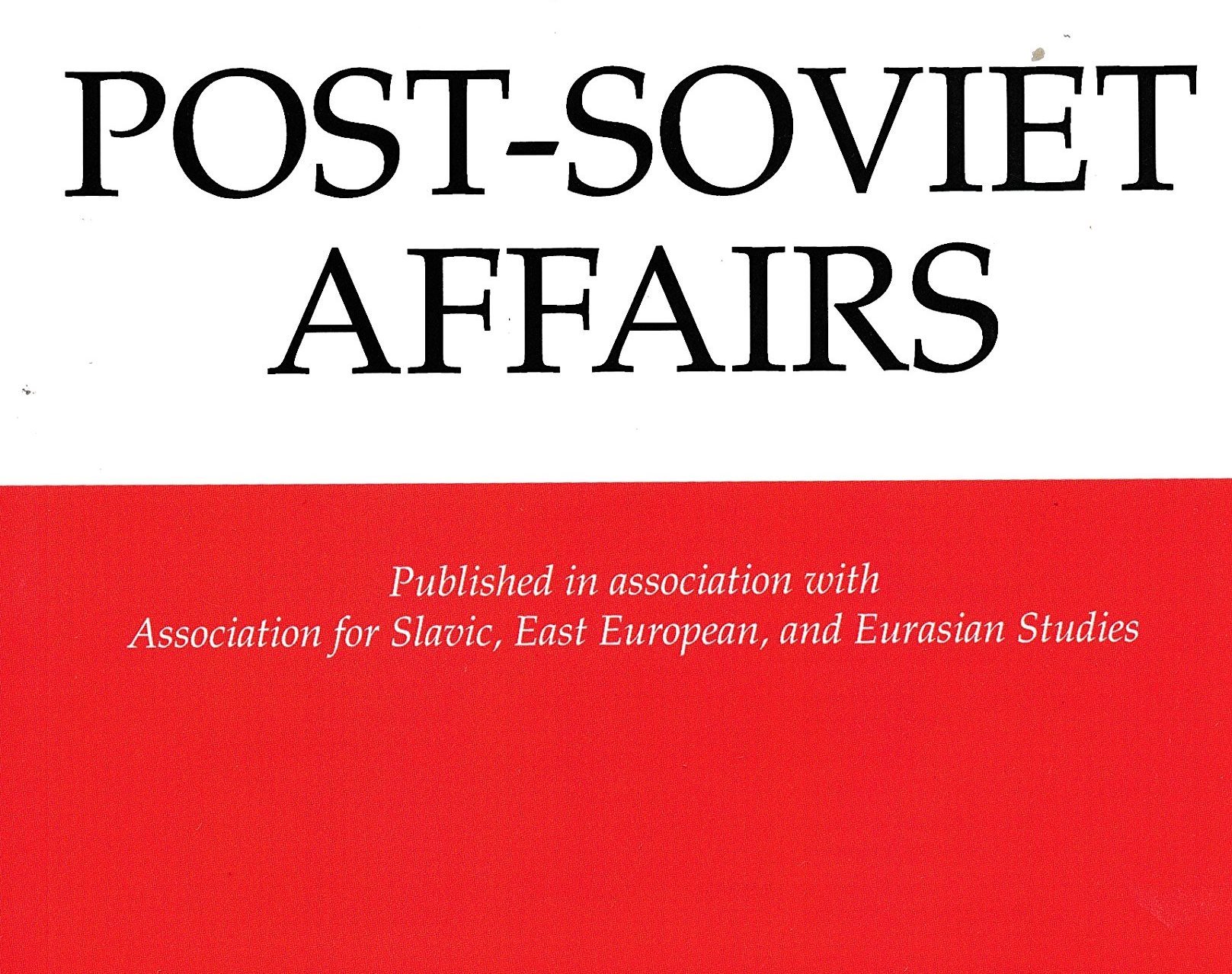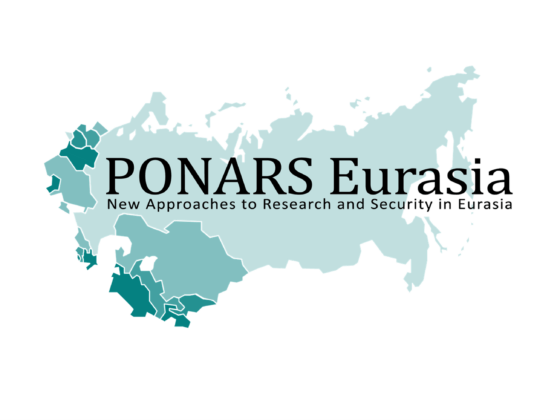(Post-Soviet Affairs) (Co-authored with Elizabeth Nelson) Abstract: Many countries now operate state-funded international broadcasters, communicating directly with foreign publics to promote a variety of foreign policy goals. RT (formerly known as Russia Today) is currently one of the most prominent broadcasters in a crowded field. What is RT’s strategy, the size of its audience, and the effectiveness of its broadcasts in implementing its strategy? To answer these questions, we explore a case study of RT’s YouTube programming utilizing a new dataset of 70,220 video titles spanning the 2 years from February 2015 through January 2017. RT’s three-prong strategy focuses attention on strategic groups outside the West, including Arabic, Russian, and Spanish speakers, circumvents local media in target countries to promote Kremlin aims, and spreads a positive image of Russian accomplishments, particularly in Syria, which it considers a foreign policy success. The data presented here show that RT’s strategy is only partially successful since it underperforms among Arabic speakers, its main target, while doing relatively better among Russian, global English, and Spanish audiences.
Read More © Post-Soviet Affairs










